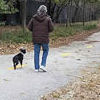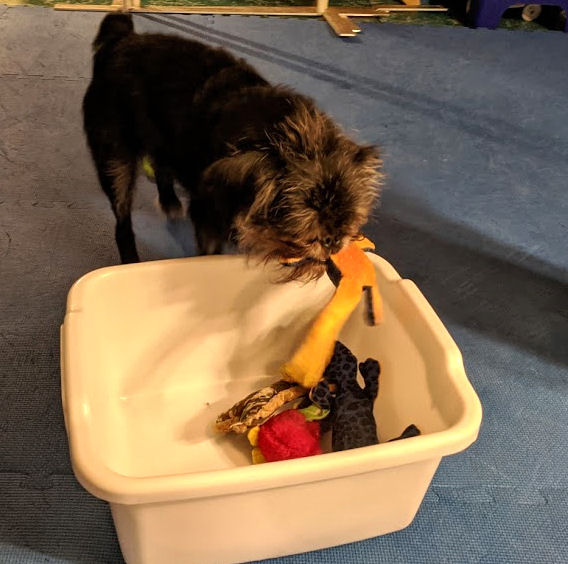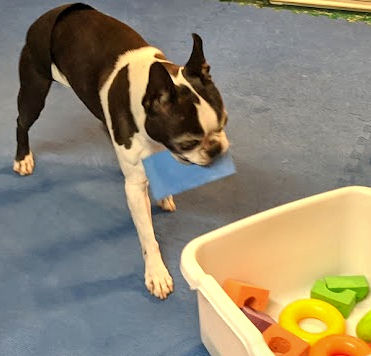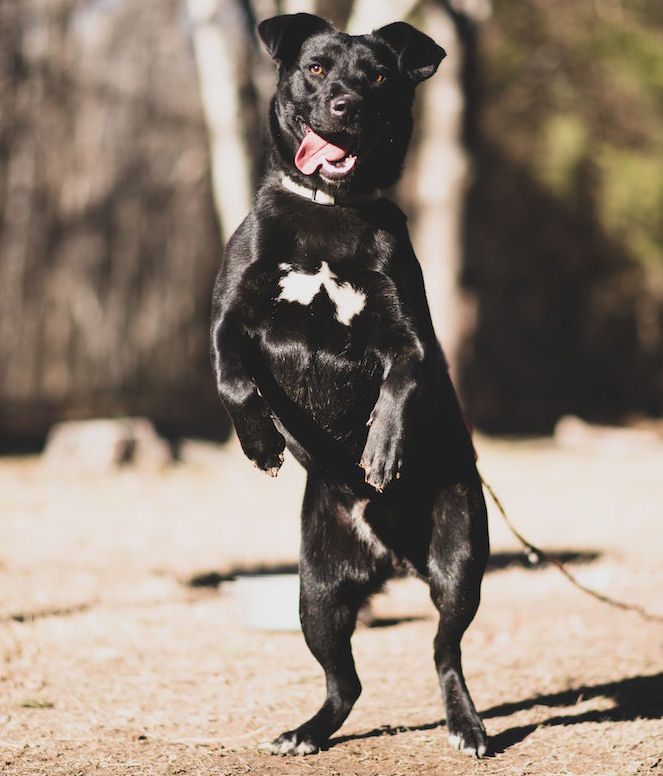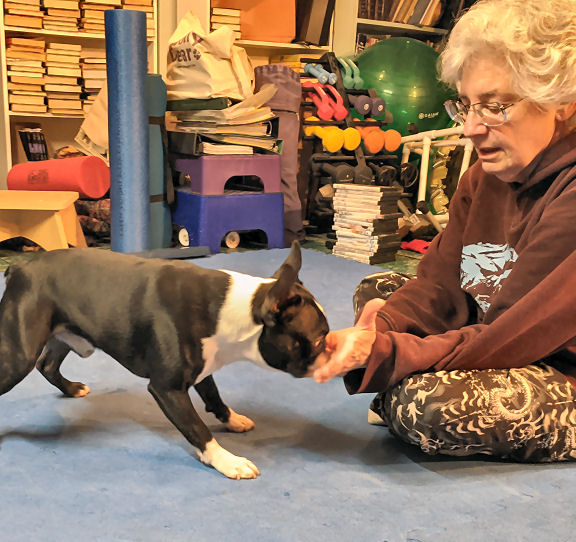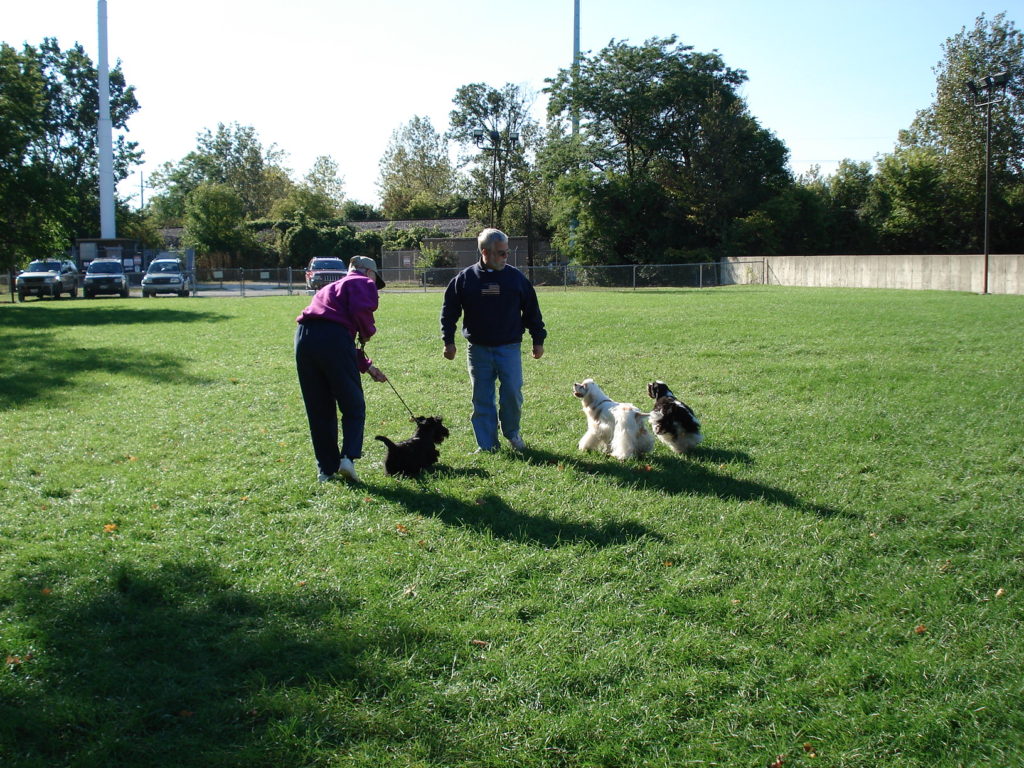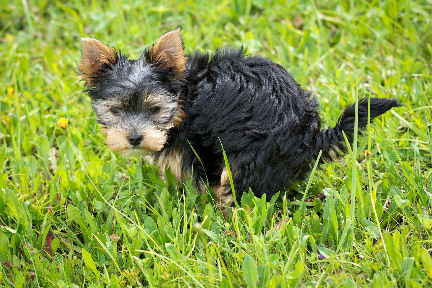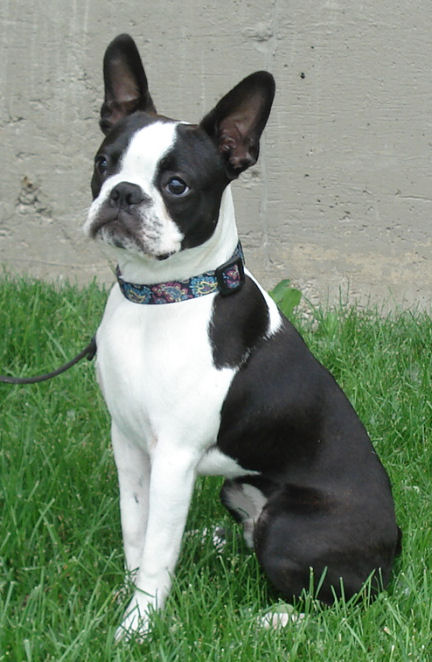
Do you give your dog time? Or do you expect your three-month-old puppy to be housebroken in a couple weeks? Leash-trained in a month? Stay out of the trash / laundry / mud instantaneously? It would be interesting if dogs came pre-programmed for all the “right” behavior. But they’re not machines. They’re living, breathing, thinking beings. And dogs need time to learn.
Say you’re out in public and you see a parent and child about two years old. The child is on a crying jag, screaming, kicking, and out of control. And the parent shouts and smacks the child.
You’re shocked! It’s obvious the child is overtired and the situation needs calm, not escalation. You don’t expect a two-year-old to know how to act in public, be perfectly potty-trained, and a pro at self-soothing. But many people expect a months-old puppy to be all of that and more.
Why positive reinforcement dog training “fails”
Positive reinforcement dog training is the best, scientifically proven means of training your dog. It works on people, it works on dogs. It doesn’t work fast, and it’s often misunderstood. Just like a human child is given time to learn at their own pace, without repercussions, dogs need time to learn, absorb, and practice good social behavior.
Lately there’s been a lot of nonsense floating around social media that positive training equals letting a dog do whatever it wants, whenever it wants. Nothing could be further from the truth. Dogs trained with positive reinforcement understand the limits of behavior and abide by them because they know. Not because they fear punishment if they fail.
Complete opposites
The nastiest trend in dog training lately is “balanced” training. From the explanations, it seems like this is a capricious mix of punishment and reward. If the dog does something good, it’s rewarded. If it does something “bad,” it’s corrected. But how is a dog supposed to know which is which? And how is “good” different from “bad”? Can you imagine living life at someone’s whim? Never knowing when something you do is going to end in pain? Dogs deserve better.
Until your dog understands how to be “good,” it’s up to you to limit the dog’s options for “bad.” If your dog steals shoes, keep shoes out of reach. Does your dog dig in your backyard? Go with him and keep him on leash. If your two-year-old child is fascinated by trucks, you stop him from running into the street. You don’t wait until he’s in traffic to act. You teach him not to do it. And pain isn’t part of the lesson. When one strategy in the 2-Minute method isn’t working the way we expect it to, we move to another: our “Plan B” – never a painful lesson.
Frustrating for the dog
One of our students has a bright, exuberant Miniature Poodle who she wants to compete with. One of his persistent problems in Hope’s competition Obedience class has been with the recall exercise. Instead of running straight to his Mom, at least half the time he runs over to Hope and starts jumping on her “Hi, I’m here!” “Hi!” “Hello!” “It’s me!”
Since Hope never encourages him, rarely looks at him, pets him, or talks to him, she didn’t understand why he does it. Until last week. His mom brought him into the building on leash, and he immediately spotted a new person. The dog ran over to this person while his mom said “He’s going to jump on you.” Since classes are at a dog daycare facility, it didn’t bother the person. Hope, witnessing this, told the dog’s mom she shouldn’t allow it. And was firmly told to mind her own business.
This dog will never understand why it’s okay to jump on a random man in the lobby and not the judge in the Obedience trial. His mother could easily turn this around – the dog is smart and eager to learn.
Keys to dog training
Dogs are easy to train if you abide by the key rules:
- Be consistent. The rules are always in effect. Either it’s never okay to jump on people, or it’s always okay. Dogs know black and white. Shades of gray are alien.
- Learning takes time. Be patient. You’ll know when your dog starts to think about their choices. Be on the lookout for those moments of decision – when your dog thinks before acting. That little hesitation before choosing the right thing is a triumph. Celebrate all the little wins.
- Until your dog knows, control access. Remember there are three ways of dealing with dog behavior. Ignore the things you don’t care about. Manage the things your dog doesn’t know yet. Train the things you want your dog to know.
Give your dog the tools and the time

